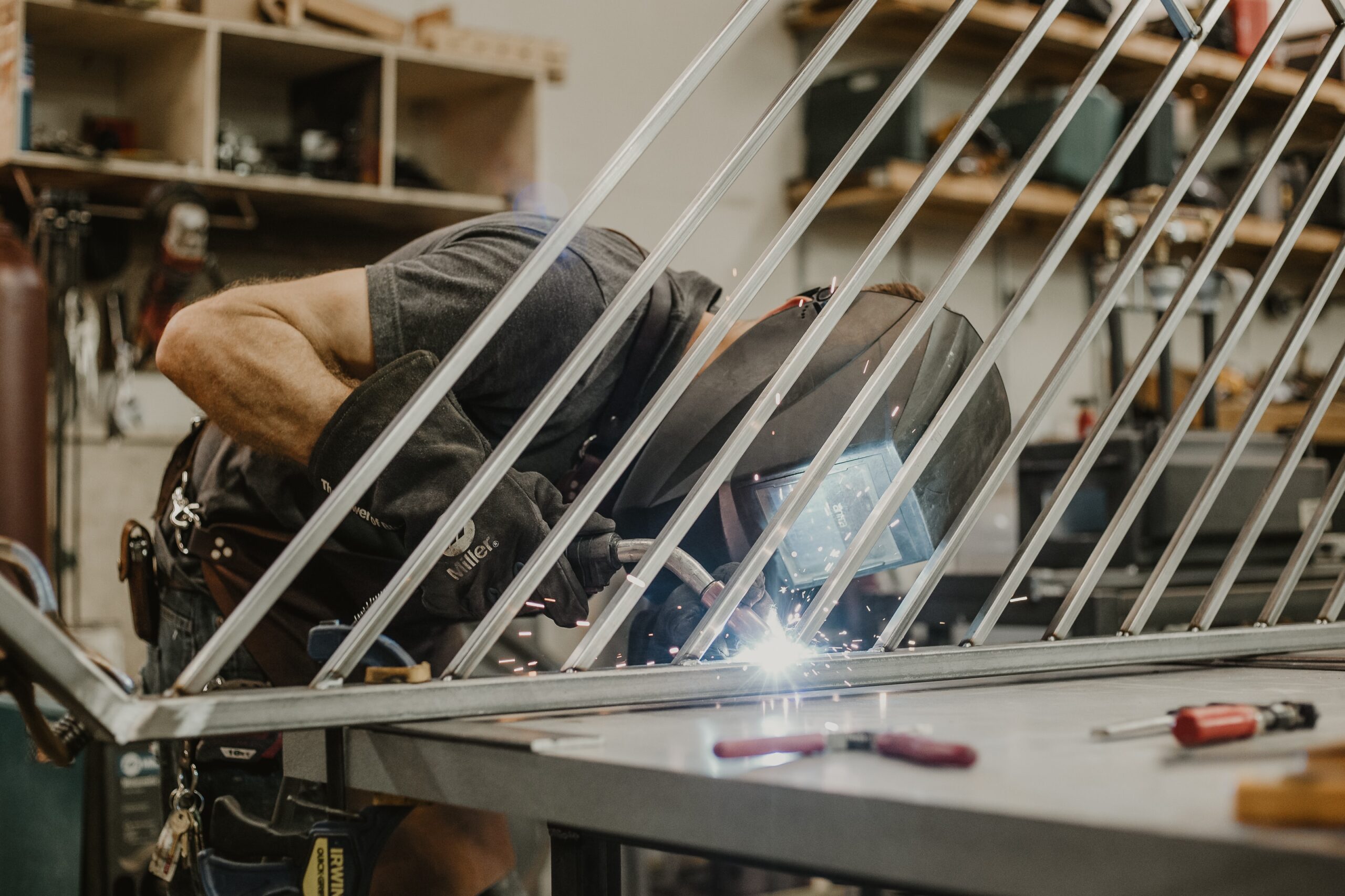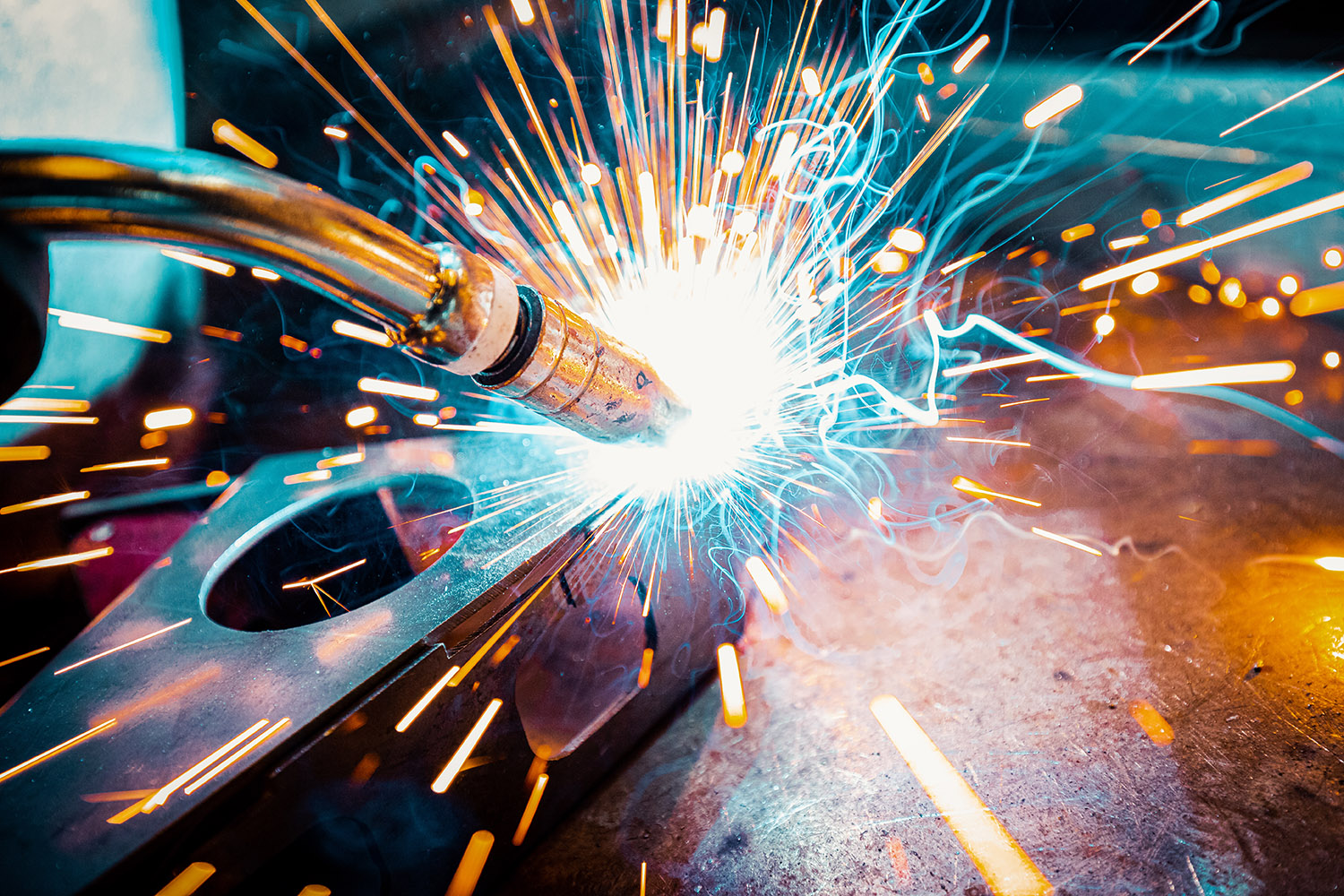Common Welding Fixing Issues and How to Address Them Effectively
Welding repair services usually run into a variety of concerns that can threaten the stability of the end product. Usual issues consist of insufficient penetration, porosity, and imbalance, amongst others. Each defect provides distinct obstacles that call for specific techniques for resolution. Recognizing these problems is essential for welders intending to improve their abilities and results. This conversation will check out these usual welding repair work problems and effective methods to resolve them.
Insufficient Penetration
Insufficient infiltration occurs when the weld metal stops working to totally fuse with the base product, leading to weak joints and potential architectural failures. This problem usually comes from inadequate heat input, incorrect electrode angle, or incorrect welding rate. Welders might come across poor infiltration because of a mistake of the needed parameters for a details material thickness or type. Additionally, contamination on the base product's surface can hinder efficient bonding, worsening the problem. To address insufficient infiltration, welders need to ensure ideal settings on their tools and maintain a clean job surface. Routine assessment of welds is suggested to identify any type of shortages early, enabling for prompt modifications and the avoidance of endangered architectural stability in bonded settings up.
Porosity
Porosity is a common defect in bonded joints that shows up as small gas bubbles entraped within the weld steel. This problem can compromise the honesty of the weld, leading to decreased toughness and possible failure under stress. Belgrade Fabrication. Porosity commonly emerges from contamination, dampness, or improper welding techniques, which enable gases to get away into the molten weld swimming pool. To deal with porosity, welders need to assure appropriate surface area prep work, maintain a tidy functioning setting, and utilize appropriate welding parameters. Furthermore, picking the right filler product and securing gas can mitigate gas entrapment. Regular inspection and screening of welds can help identify porosity early, assuring prompt rehabilitative activities are taken, consequently preserving the top quality and integrity of the bonded structure
Imbalance
Imbalance in welding can emerge from various variables, including improper setup and thermal growth. Understanding the source is crucial for efficient resolution. Numerous correction strategies are available to straighten parts and ensure architectural stability.
Reasons for Misalignment
Welding misalignment commonly originates from a range of underlying concerns that can endanger structural integrity. One main reason is incorrect fit-up of parts before welding, which can cause spaces and unequal surface areas. Variants in thermal expansion during the welding procedure can also lead to distortion, particularly if the products being signed up with have various coefficients of expansion. In addition, insufficient fixturing and clamping may stop working to hold elements firmly in position, causing motion throughout welding. Inadequately conserved equipment, consisting of welding equipments and devices, may introduce disparities in the weld bead, more adding to misalignment. Operator error, stemming from inadequate training or experience, can additionally play a considerable duty in creating misaligned welds.

Correction Methods Offered
Attending to imbalance effectively calls for a combination of corrective methods customized to the particular concerns handy. One common method is making use of jigs or fixtures to hold components in the right setting during welding, ensuring regular placement. Furthermore, preheating the products can help in reducing distortion and improve fit-up. For substantial misalignment, mechanical adjustment strategies, such as utilizing hydraulic jacks or clamps, can be utilized to deal with the placement prior to welding. Post-weld heat treatment might additionally be necessary to ease anxieties triggered by imbalance. Lastly, careful evaluation and adjustment throughout the configuration stage can protect against misalignment problems from coming to be significant issues, promoting a smoother welding procedure and enhancing general structural honesty.
Distortion
Distortion is a typical challenge in welding that can arise from various variables, including irregular heating and air conditioning. Recognizing the sources of distortion is crucial for applying effective prevention strategies. Resolving this problem not only enhances architectural stability however also boosts the general high quality of the weld.
Reasons for Distortion
When subjected to the extreme warm of welding, materials frequently go through modifications that can cause distortion. This phenomenon mainly develops from thermal development and contraction throughout the welding procedure. As the weld area warms up, the product increases; upon air conditioning, it acquires, which can develop internal anxieties. Additionally, irregular home heating throughout a work surface can exacerbate these tensions, leading to warping or flexing. The type of material also plays a substantial function; metals with varying thermal conductivity and coefficients of expansion might respond in a different way, resulting in unforeseeable distortions. Bad joint design and poor fixturing can contribute to misalignment during welding, boosting the likelihood of distortion. Recognizing these reasons is vital for reliable welding repair service and prevention strategies.
Prevention Techniques
Effective prevention techniques for distortion during welding concentrate on managing warm input and making sure proper joint design. Preserving a regular heat input helps to reduce thermal development and tightening, which can cause distortion. Utilizing methods such as pre-heating the work surface can also reduce the temperature gradient, promoting uniform heating. In addition, choosing proper joint designs, such as T-joints or lap joints, can boost stability and decrease anxiety focus. Carrying out proper fixturing to safeguard the work surfaces in area further aids in preserving alignment throughout the welding process. Staggered welding series can distribute warmth much more evenly, stopping localized distortion. By using these approaches, welders can significantly reduce the likelihood of distortion and improve the overall high quality of their welds.
Cracking
Cracking is a typical problem experienced in welding fixings, commonly arising from different aspects such as improper air conditioning prices, material selection, or poor joint preparation. The incident of fractures can significantly jeopardize the stability of the weld, causing possible failures throughout operation. To resolve this problem, welders must first assess the origin, ensuring that products work and properly picked for the certain application. Furthermore, controlling the air conditioning rate during the welding process is crucial; quick cooling can generate stress and anxiety and cause fracturing. Correct joint layout and prep work additionally add to lessening the threat. Applying these strategies can boost weld quality and toughness, inevitably reducing the likelihood of breaking in ended up weldments.

Insufficient Blend
A considerable issue in welding repairs is incomplete blend, which happens when the weld metal company website does not sufficiently bond with the base material or previous weld passes - Montana Mobile Welding and Repair Belgrade Fabrication. This flaw can result in weak points in the joint, potentially endangering the honesty of the bonded structure. Variables adding to insufficient blend include not enough warm input, incorrect welding method, and contamination of the surface areas being signed up with. To address this problem effectively, welders need to ensure appropriate pre-weld cleansing and surface area preparation, as well as change their welding criteria to achieve appropriate infiltration and combination. Routine evaluation throughout the welding procedure can likewise assist recognize insufficient fusion early, enabling timely corrective measures to boost the total quality of the weld
Overheating
While welding repairs can enhance structural integrity, overheating presents a considerable challenge that can bring about material degradation. Too much heat throughout welding can modify the mechanical buildings of metals, resulting in reduced strength, enhanced brittleness, and bending. This phenomenon is specifically critical in high-stress applications where structural dependability is vital. Identifying overheating can involve visual examinations for discoloration or distortion, as well as checking temperature during the welding process. To alleviate the dangers connected with getting too hot, welders ought to employ ideal techniques, such as managing warm input, readjusting travel rate, and making use of ideal filler products. In addition, carrying out pre- and post-weld warmth you can try these out treatments can aid restore product properties and enhance the general high quality of the repair, making sure long-term efficiency and security.
Regularly Asked Inquiries
What Are the Usual Indications of a Welding Defect?

Just How Can I Test My Welds for Quality?
To examine welds for quality, one can utilize visual assessments, ultrasonic screening, and radiographic methods. Each technique guarantees structural honesty, try this website identifies defects, and validates adherence to defined standards, ultimately improving the dependability of the bonded joints.
What Security Safety Measures Should I Take While Welding?
When welding, one ought to focus on safety and security by wearing ideal individual protective equipment, guaranteeing appropriate ventilation, securing flammable materials away, preserving a clean office, and understanding environments to avoid injuries and crashes.
Can I Repair a Weld Without Renovating the Entire Joint?
Fixing a weld without redoing the entire joint is feasible, depending upon the damages (Belgrade Fabrication). Methods such as grinding, including filler material, or making use of a welding process can effectively attend to particular imperfections while preserving the bordering framework
What Devices Are Crucial for Efficient Welding Services?
Vital devices for efficient welding repairs include a welding maker, wire brush, grinder, safety equipment, clamps, and filler products. Each tool plays an essential role in making certain high quality and security throughout the repair process. Porosity commonly emerges from contamination, dampness, or improper welding techniques, which enable gases to run away right into the liquified weld swimming pool. Inadequately kept tools, consisting of welding equipments and tools, may introduce disparities in the weld grain, additional adding to imbalance. When subjected to the extreme warm of welding, products commonly undertake adjustments that can lead to distortion. Cracking is a typical problem experienced in welding repair work, typically resulting from numerous factors such as improper cooling rates, product choice, or insufficient joint preparation. A considerable issue in welding repair work is incomplete combination, which occurs when the weld steel does not effectively bond with the base product or previous weld passes.